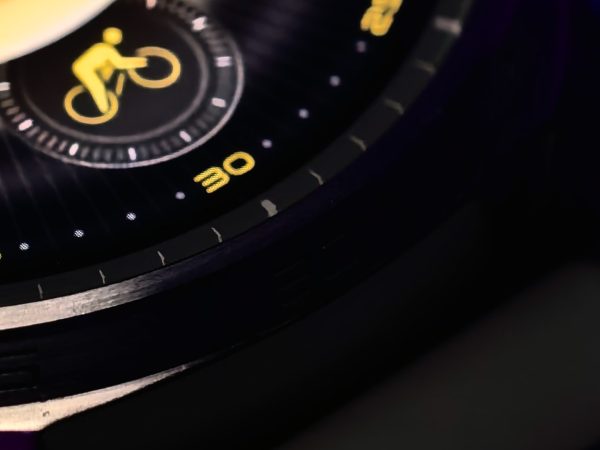
Why are laptop batteries measured in WHr and phone batteries in mAh?
Have you been shopping for new devices recently and noticed that laptops and smartphones list their battery specifications differently? Usually, you will find a laptop’s battery listed in watt-hours (WHr), while phones will often list it in milliamp hours (mAh). Now, why is that? I do believe it has something to do with marketing, as bigger numbers = better, but there should be a technical reason to it as well, right? So to start, we need to understand the basics of V = I x R, as well as how parallel and serial circuits affect voltage and current, respectively.
The basics
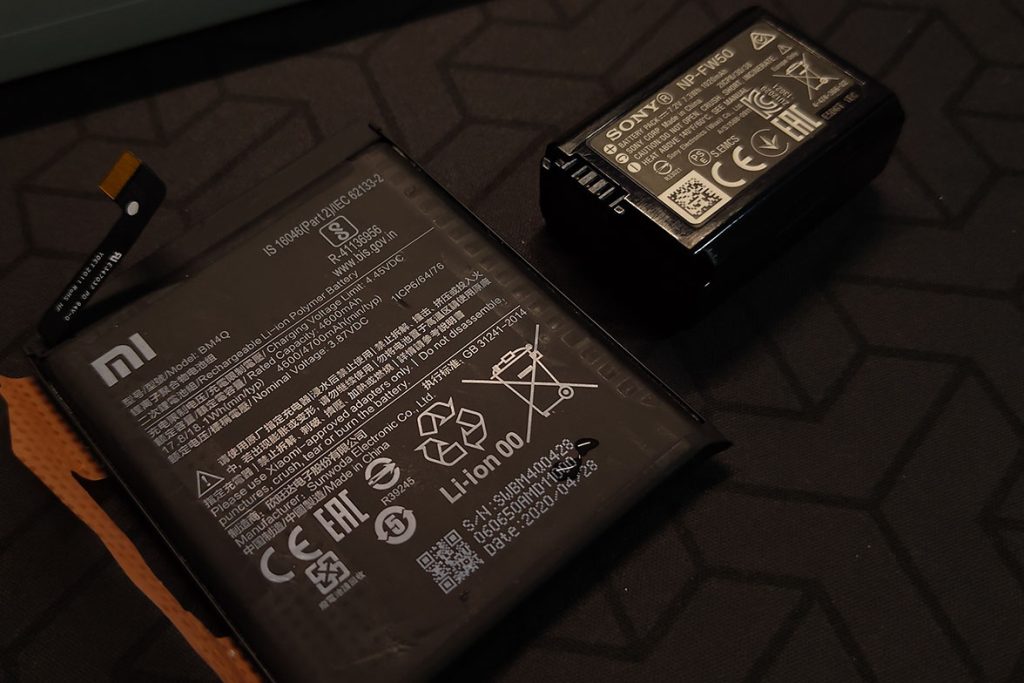
Usually, a lithium-ion cell has a nominal voltage of around 3.7V. Nowadays, modern batteries can have a nominal voltage of up to 3.87V. Obviously, laptops can’t run off 3.7V, so we will need to bump up the voltage. For this, you will need to run several cells in serial. Usually, we end up with at least 3-cell packs for a voltage of around 10.8 or 11.1V, or 4-cell packs of 14.4V or 14.8V. Once again, it really depends on the chemistry of the lithium-ion cell to determine the nominal voltage. Then of course you can run two or more packs in parallel to get higher capacities. Some smartphones like the ROG Phone 6 also feature two cells in series, which is rated with a nominal voltage of 7.74V. Meanwhile, others like the Mi 11 run them in parallel, which results in an increase in capacity, while maintaining a 3.87V nominal voltage.
Where it gets interesting
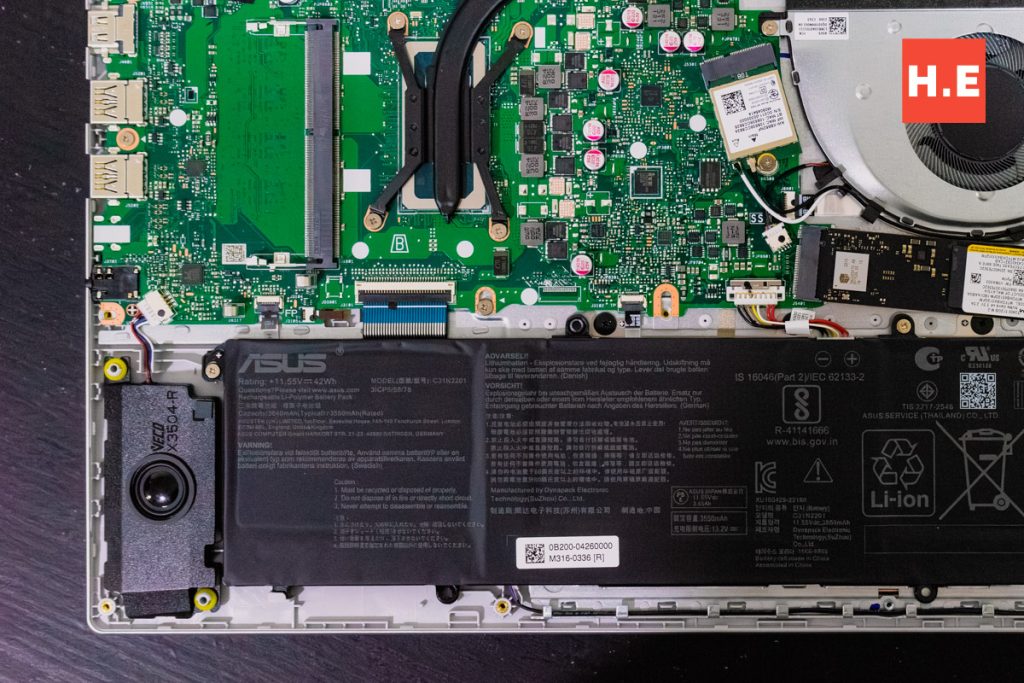
We can basically derive the WHr or mAh rating from any battery, as long as we know the nominal voltage. This information is rarely listed publicly for some reason, but you can make a pretty good guess, as most laptop makers will mention the number of cells in the batteries. So, now, the interesting part. If you actually calculate the mAh capacity of a laptop battery, say the Vivobook 15X‘s 42WHr battery, you would end up with 3,640mAh. Does this mean the laptop has a smaller battery than the ROG Phone 6? Well, that doesn’t make sense, right?
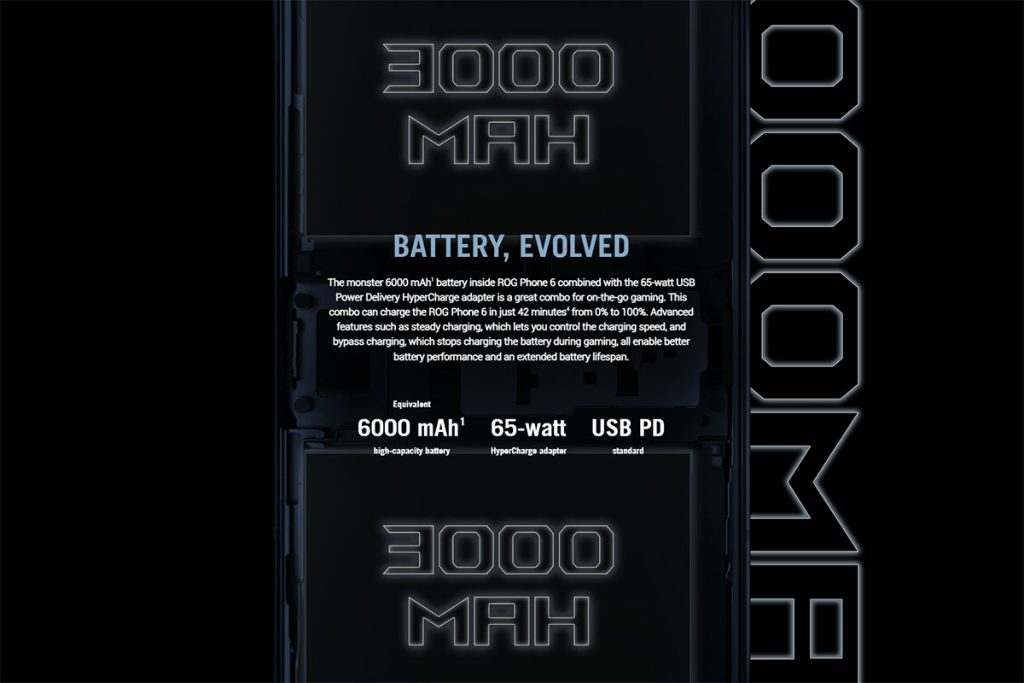
Conversely, if we were to calculate the ROG Phone 6’s WHr rating, it would come to 23.22WHr, which while impressive for a phone, isn’t quite as marketable as 6,000mAh. In reality though, the watt-hour rating is more accurate to compare battery packs. It is a better measure of the usable energy stored within a battery. Alternatively, here’s a simpler, more layman visualization. If you run a 1W load on both a 42WHr battery and a 23WHr battery, you would end up with 42 hours of use, vs 23 hours. It’s actually simpler to understand, but somehow phones (and powerbanks) ended up listing the battery capacity in mAh.
The problem
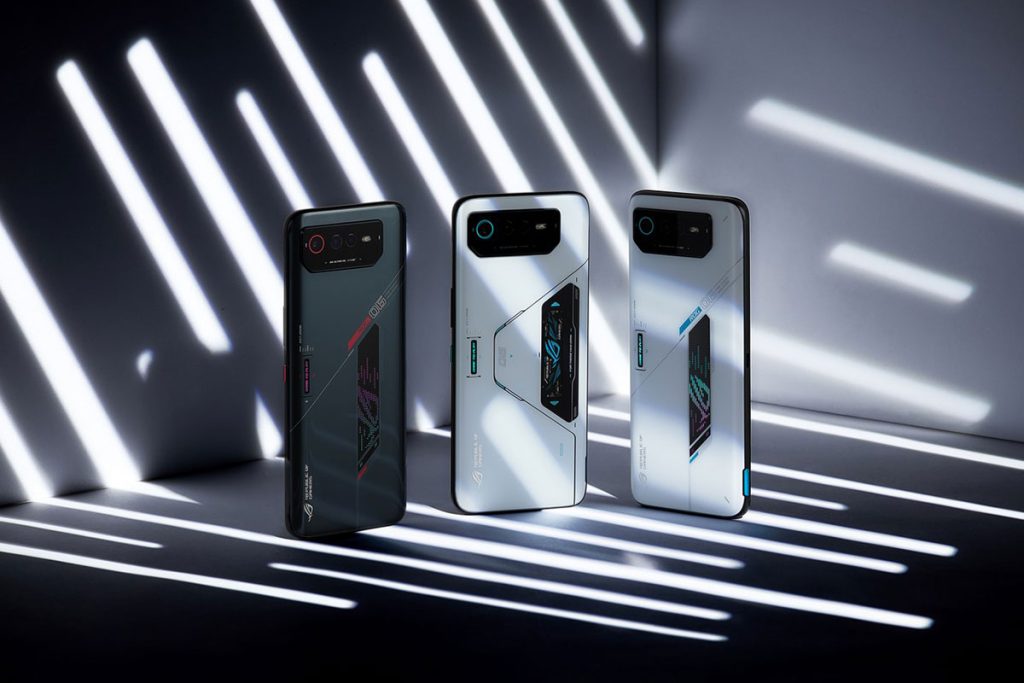
Remember the 6,000mAh battery of the ROG Phone 6? Smartphone makers like ROG with dual-cell designs are actually forced to “lie” on their spec sheet. As you might have gleaned from the earlier part of the article, running two Li-ion cells in series will total up the battery pack’s nominal voltage, but the mAh rating of the battery pack remains the same as a single cell. But, the total power stored by the two cells in the ROG Phone is double that of a single cell. So while the ROG Phone 6 lists a 6,000mAh battery, it has to come with a disclaimer. The dual-cell pack is actually a 7.74V 3,000mAh battery, but if ROG were to list it as 3,000mAh, they would be laughed out of the industry. So ROG has to list the battery as an equivalent 6,000mAh high-capacity battery.
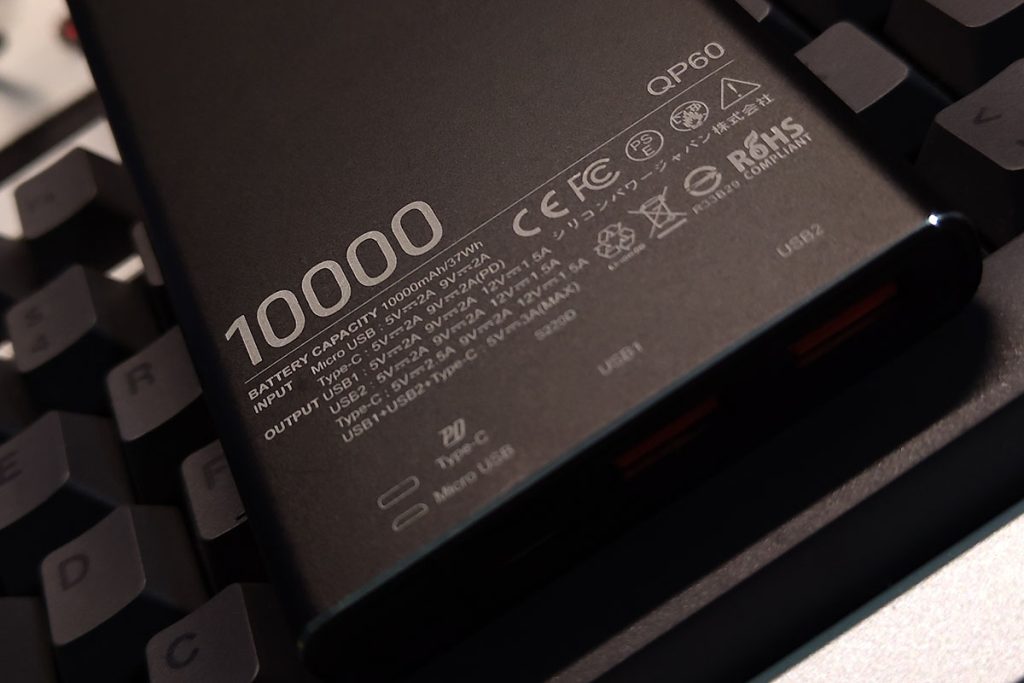
The other problem would be powerbanks. Have you noticed how a 10,000mAh powerbank doesn’t actually provide two full charges to your smartphone with a 5,000mAh battery? That’s because of how the powerbank has to convert from its battery’s 3.7V nominal voltage to the 5V USB output voltage. That involves conversion losses, but even disregarding that — which is impossible in the real world — you are looking at a technically 7,400mAh powerbank now. Now it kinda makes sense that it can only charge your phone about 1.5X before running out of juice, right? This issue wouldn’t exist if powerbank makers just listed the WHr rating instead, which would be 37WHr.
Conclusion, just use WHrs?
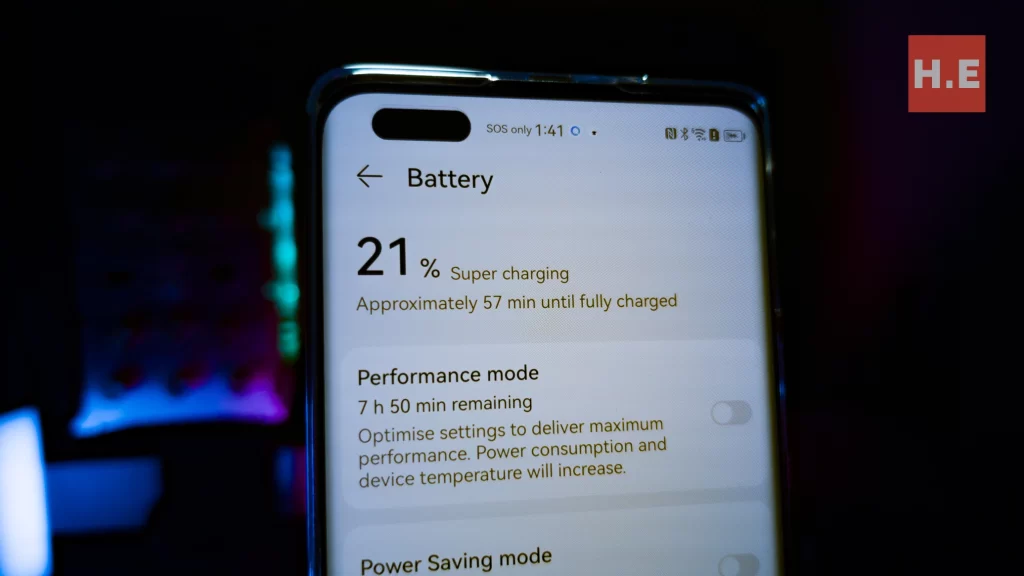
With all that said, mAh will definitely remain the metric that manufacturers describe their battery capacities, as it is the total charge a battery can hold. This is also a constant, unlike the voltage of a battery, which will vary depending on the state of charge. So a battery, which is a storage of charge, is best measured by its mAh capacity, honestly. Comparing single-cell to single-cell batteries, like what most phones have, by their mAh rating is also straightforward enough. The mess happens when you throw more cells into the equation.

As such, I would say that the WHr rating is probably more useful to us to calculate the usable juice in a battery as we can easily understand how much our devices draw, and hence derive the battery life from there. Another advantage of the WHr rating as it can also be directly converted to Joule (J), the SI unit for energy. But since smartphones have long used the mAh rating as a standard, I do wonder if it will take another EU legislation to encourage everyone to add the WHr rating in their spec list. The best way forward would of course be for device makers to list both the mAh and WHr ratings, but if I had to pick one for conciseness, it would be the WHr rating.






